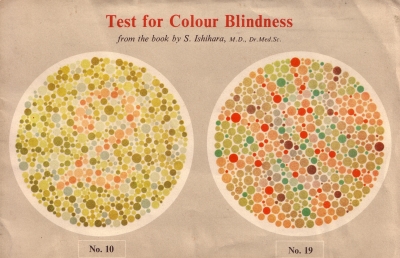Do You See What I See?
Tower Foyer Gallery,
Tower Building
University of Dundee
Saturday 5 April - Saturday 24 May 2014
Mon-Fri 09.30-20.30 Sat 09.30-16.30
Tower Building
University of Dundee
 Do You See What I See? displays a variety of early ophthalmic instruments giving the visitor an insight into the workings of the human eye. Also featuring in the exhibition are teaching materials, charts, models of the eye and the fascinating artificial eye created by Wilhelm Kühne used to demonstrate the refraction phenomena of the eye.
Do You See What I See? displays a variety of early ophthalmic instruments giving the visitor an insight into the workings of the human eye. Also featuring in the exhibition are teaching materials, charts, models of the eye and the fascinating artificial eye created by Wilhelm Kühne used to demonstrate the refraction phenomena of the eye.
You might have a feeling of being watched, however - as you wander around the display be aware of the eyes following you! Artworks whose characters’ eyes stare at you have been chosen for this exhibition, along with other imaginative pieces.
The exhibition has been curated by Hope Roberts, who is who is halfway through a year-long internship with the University’s museum service funded by Museums Galleries Scotland through the Heritage Lottery Fund’s Skills for the Future programme.
Special Events!
Thursday 1 May, 1pm
Tower Foyer Gallery
Curator's Tour
Hope Roberts will be giving an informal guided tour of the exhibition - come along to hear the stories behind some of the fascinating objects on show. Free - no booking required.
Monday 19 May, 5.15pm
Room G8, Tower Building
Can I See What You See?
A free talk by Nick Wade, Emeritus Professor of Psychology
The instruments of vision exhibited in Do you see what I see? reflect attempts made by vision scientists to plumb the processes of perception – both normal and abnormal. The first stage was to understand the structure of the eye and how images were formed in it. This led to eye models and charts for determining the limits of spatial and colour vision as well as to corrections for defects like short- and long-sightedness. Stereoscopic depth perception could also be assessed with binocular instruments. Diseases of the eye, like cataracts, required surgical intervention. The historical background for these instruments will be illustrated together with portraits of pioneers of perception. Free - no booking required.